Change is around us: new opportunities for creative encounters in the outdoor arts
How do we take the craft of working for the streets and public space and make it relevant for current times? In this article, Simon Chatterton talks about his experience as Strategic Lead of 101 Outdoor Arts National Centre for Arts in Public Space in Newbury, UK. From the necessity of asking who the artists that make the work are and how we can support them, to how wider societal changes influence and inform our practice, we dive into the topic of promoting innovation in the sector.
In our world, we shun theatres and concert halls to pursue the spontaneity of encounters between the public and performers on the street. Yet despite the absence of physical bricks and mortar, might we still risk becoming the kind of inert institution that so many of us have turned our backs on? How do we keep our thinking fresh, while introducing new perspectives and opportunities for creative encounters? After 25 years of working professionally in the street arts sector, I feel these questions more keenly than ever.
Ironically, the years that many of us have spent fighting for the recognition of this field can also sometimes lead to a silo mentality - standing in contradiction to the openness of the street and the egalitarian nature of the interactions we might like to create. As inevitably our sector grows it also accrues power, privilege and hierarchies - formal and informal.
To keep our sector alive and vital, we must overcome these challenges - looking outwards and creating an inclusive and equitable creative space that actively embraces the new, the different, and the diverse.
Evidence says that innovation most often emerges from a diversity of people and perspectives, and so embracing a vision of the widest range of work made by the widest range of people must surely be a prerequisite for our collective creative health.
Within the sector, we have practical challenges with innovation too - we work to tight schedules and even tighter budgets. Often our funders like the idea of the new and innovative, but they don’t always like the risk involved with experimentation. To innovate, you need to fail, adapt and try again. That is why, for over eight years at 101 Outdoor Arts we have been building an environment that aims to support creative exploration, collaboration and artistic risk.
As Florent Bergal of leading French site-specific circus company Le G. Bistaki says: "The artists in the UK are used to trying to be efficient because of limited funding and the need to produce a show, but often this is counterproductive. It is only by taking the time to research without having to care about the results that strong ideas can be discovered. You have to invest the time in the right environment to do that – to lose yourself and find yourself again. To be truly playful – to find everything that you can do with an object, a situation, a place and be prepared to explore and discard many, many ideas to find the right ones."
Our mission at 101 Outdoor Arts is to create a space for artists to come together with each other and others who work in public space to develop performances and explore practices. We are focused on the idea of exchange as the seedbed of innovation. We support diverse artists and diverse work, believing that the wider the range of people in the room, the more interesting the ideas will be. To do this we run a 2000 m² creation centre with on-site accommodation for 15 artists, smaller studios, a fabrication workshop, and we host up to 60 residencies a year.
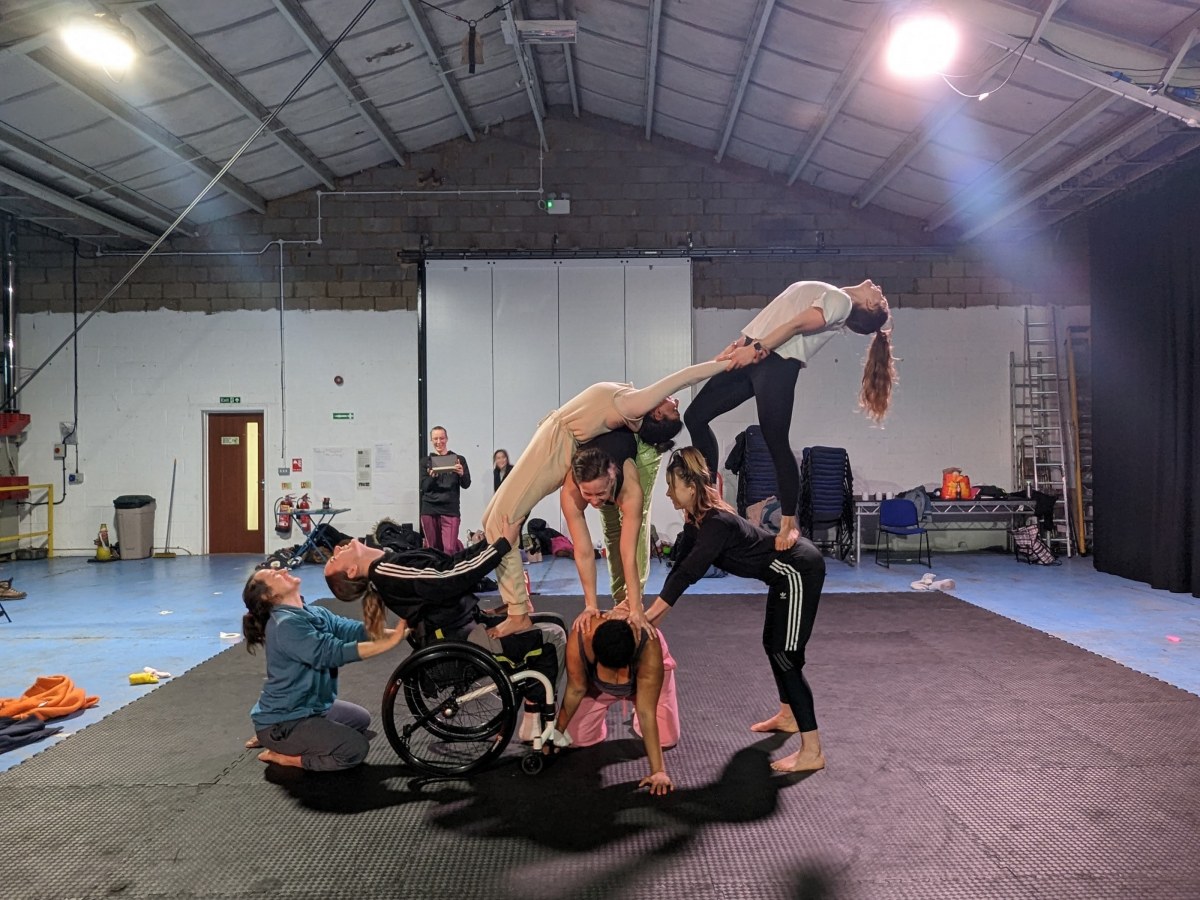
Alongside our creation residencies, we run year-round creative labs and symposia, bringing artists together to learn from experts and each other and to explore the practices of work for public space in the widest sense. We know there is no one way to create outdoor work, and these events can help create new possibilities, directions and perspectives.
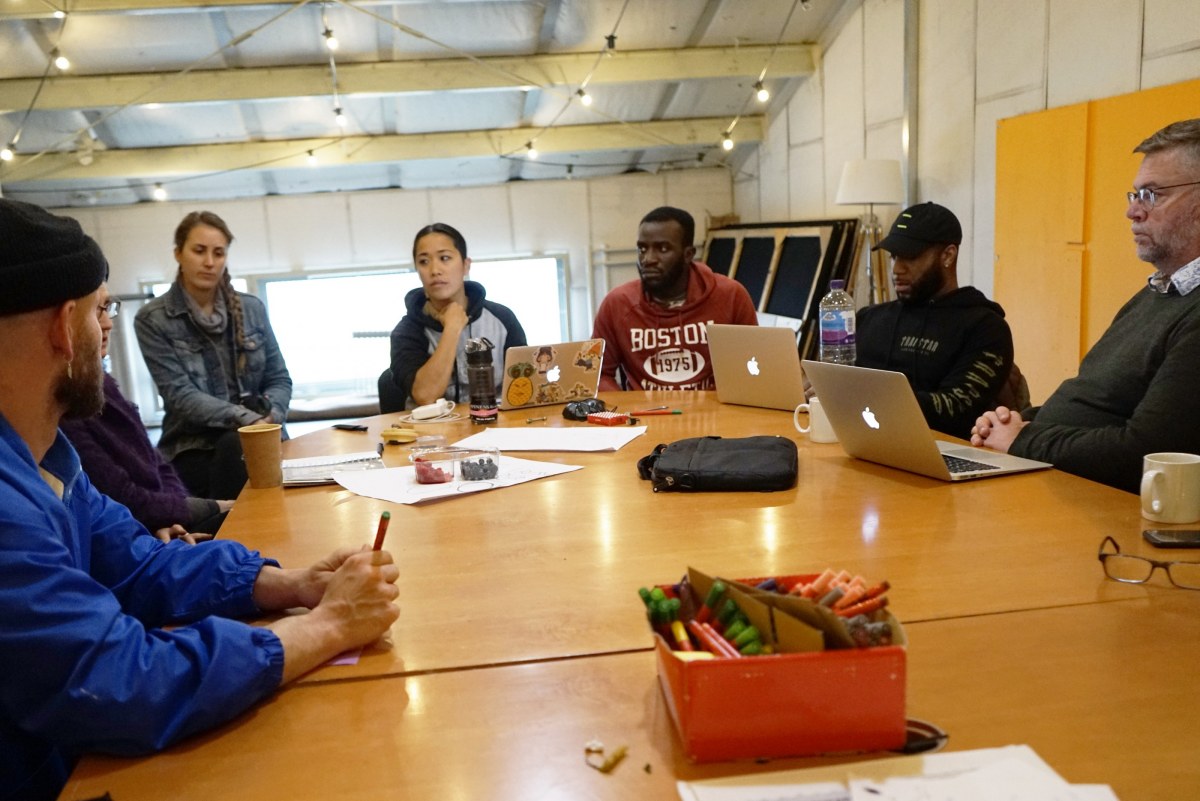
Through our labs, we want to explore a dynamic and multidisciplinary approach, breaking classic conceptions of street arts and giving artists a toolkit to engage with public and place.
In these labs, we tackle subjects that we believe are central to developments in outdoor practice: digital technology, dramaturgy, design, direction and many specialist techniques, such as puppetry and pyrotechnics, that can support artists in realising outdoor works in new ways. For example, over three days last summer, a laboratory with the French collective Le G. Bistaki gave participants a chance to immerse themselves in the company’s approach to creating relationships with the audience, the site and how they work to build an ensemble piece.
John Lee from Fuse Performance, a participant in the lab, said: “Le G. Bistaki showed us new ways of approaching public space through the playful exchange of objects deftly manipulated - attuned fully to each other whilst responsive to place. We learnt to work with precision and neutrality; embracing absurdity whilst avoiding theatricalization. We explored the possibilities of different situations and left the workshops with new tools and new ways of working, to help our future performance-making.”
In a time of environmental crisis, innovation and change are vital to the survival of our ecosystem. Artists need to learn to create and tour more sustainably, but also to examine how they can use their work to help audiences value nature, appreciate the interconnectedness of life and question the impact they have on the planet. Artists are in a unique place to encourage the public to think differently about our world. Faced with these challenges, we feel it’s important to help artists to explore new models for touring, how to work with natural and recycled materials and how they can effectively communicate issues around the climate crisis.
Our society is dealing with the rise of populism, economic disparity and social problems. Increasingly privatised, patrolled and legislated for, the nature of public space is rapidly changing. The public is becoming increasingly isolated and alienated and in response, artists are exploring projects that work specifically with people and places. Driven by a desire to be more than simply a sideshow in a theme park of consumer culture, artists increasingly seek to co-create with participants and find that working closely with specific communities and locations also raises new creative possibilities for them as practitioners.
Central to innovation in the arts has always been the conversations and collaborations that take place between artists of different cultures. For many people working in and with the UK, Brexit has destroyed or disabled many existing systems of international cultural exchange, so building new relationships has felt more important than ever. Cultural exchange and professional development programmes feel like an important step to rebuilding trust and dialogue, as well as sharing good practices internationally.
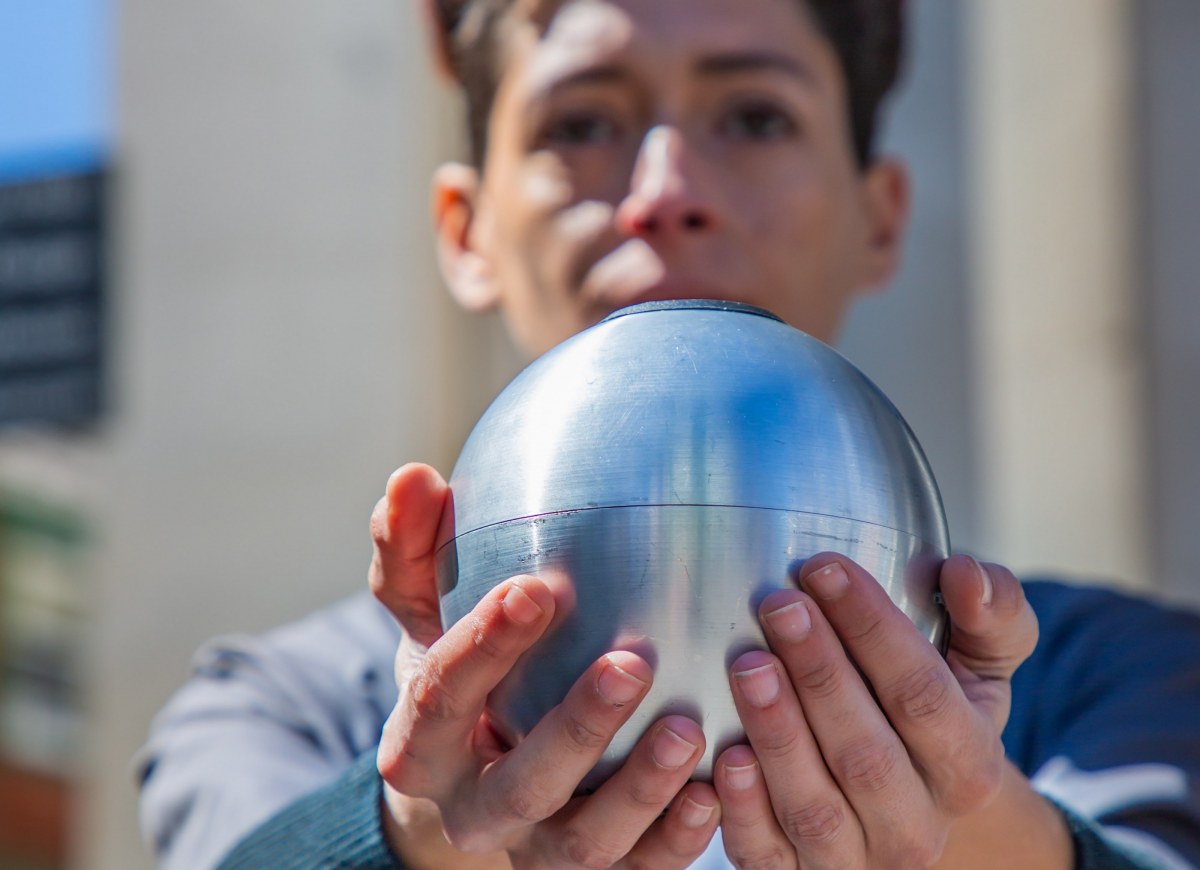
Environmentalists, urbanists, and conservationists all increasingly understand the power of arts in public spaces to create transformative experiences, changing the way the public thinks and feels and delivering meaningful social change.
As John Watkins, Chief Executive of the National Association for UK Areas of Outstanding Natural Beauty explained: “We have adopted a National Arts Strategy which recognises people can experience a deeper connection to the natural beauty of the landscape through the arts. Art provides an opportunity for new audiences, new to the arts and to these landscapes, to experience what natural beauty means to them, giving them a say in these special places.”
This interest from other non-arts organisations working in the public realm creates real opportunities for our sector to engage with a wider world, offering new opportunities for connection with the public and new contexts for creativity and innovation. By developing these partnerships, we can learn more about our world, build relationships with people and communities we would never have met, find new artistic inspirations and take our desire to work in public space to a richer conclusion.
Alongside innovation, perhaps words like relevance, renewal and reinvention better suggest how I see the work of artists evolving in response to the world around them, not always in some isolated ‘eureka’ moment of invention. These are strange and difficult times, yet art has always found ways to thrive in adversity and opposition. Many artists are finding their voice in speaking out and addressing the issues that concern them. Street theatre has always shown a mirror to the world, and since our world does not stand still, it is our responsibility to look, if not always forward, then at least around us if we want to play our part in shaping not just our art, but the world in which we live.

Simon Chatterton is a key figure in the strategic development of art in public space in the UK. He is the founder and creative director of 101 Outdoor Arts - National Centre for Arts in Public Space, a 2000m² creation space and one of the major UK centre for artist development and innovation in outdoor work. An experienced festival director and producer, Simon has worked for twenty years to create innovative outdoor and site-specific events in international festivals and cultural programmes.
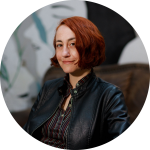
Valentina Barone is a freelance cultural manager and editor specialising in the contemporary circus and live performance sector. Since 2021, she has been Director of International Relations at the CircusDanceFestival in Cologne (Germany). She holds a BA in Performing Arts Techniques and a Master's degree in Relationship Design. She works with the international network Circostrada (France) and is an active member of the Cirkus Syd' Circus Thinkers Platform (Sweden). Valentina is the coordinator of the international digital platform Around About Circus.



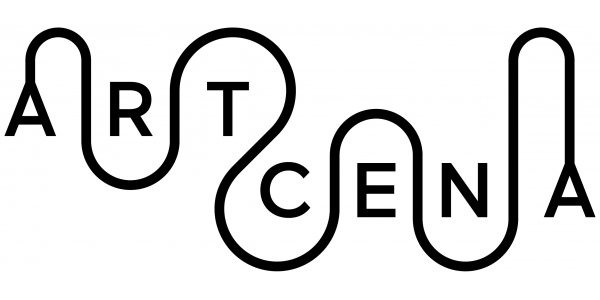

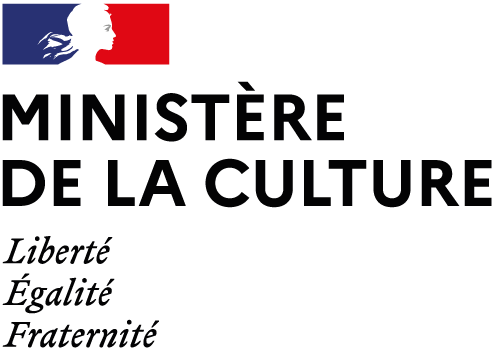
write us: infocircostrada@artcena.fr